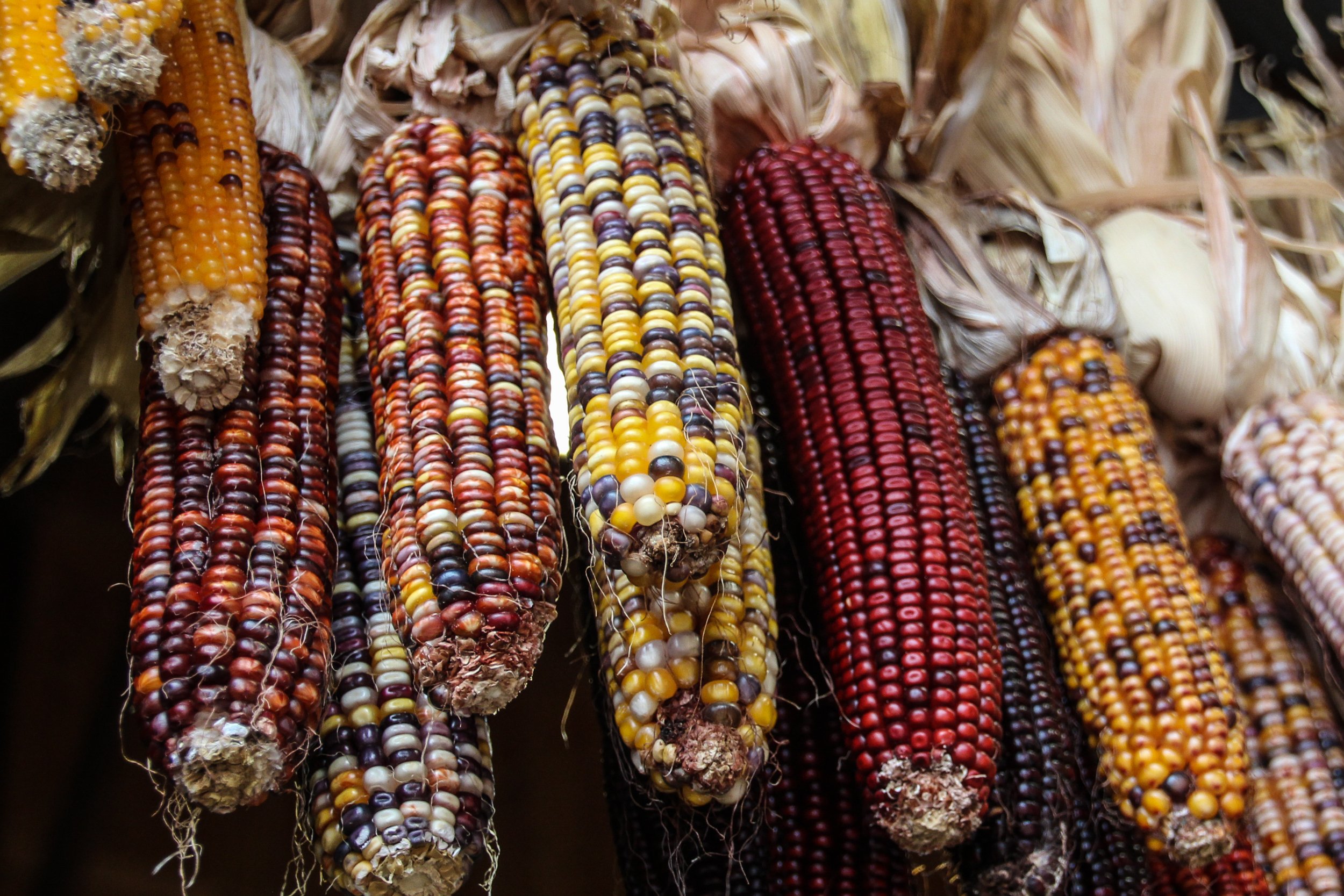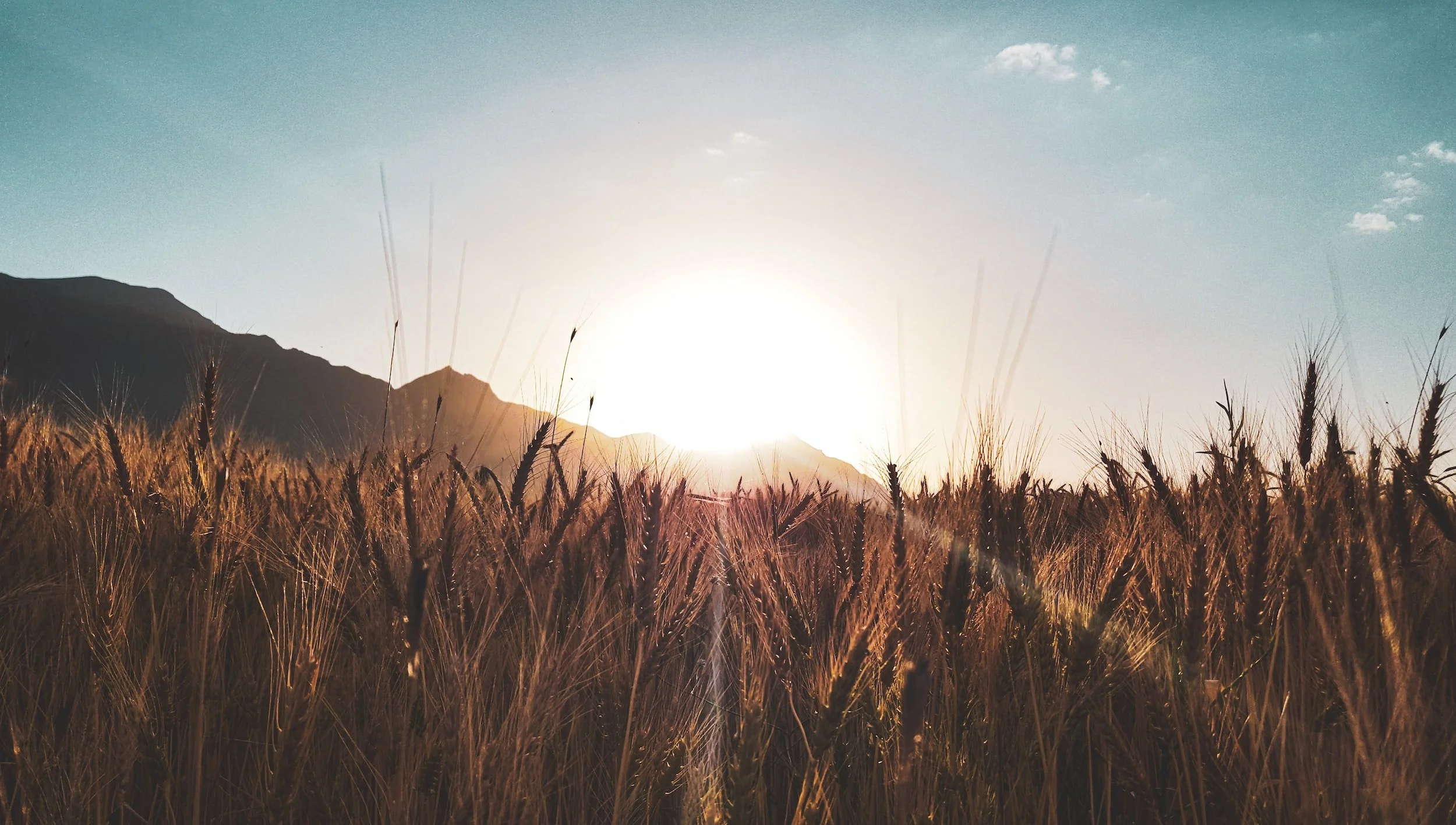Grain Free or Grain friendly?
This is a discussion as old as the pet industry itself. Grains have always been used as a cheap filler to occupy a majority of the diet’s bulk. Going back to WWII when can tin rations were set to be able to supply soldiers with canned goods while overseas, pet food needed to pivot. The answer was a dry food that was packed with grains. We can see this in some of the industries longest standing brands like Eukenuba or Royal Canin. This solution was perfect for a country consumed with war production, impacting general goods productions for citizens. Grains were cheap and plentiful, and they still are. These days many brands have pivoted away from common low quality GMO grains and moved towards more market appropriate grains like quinoa or oats. While this change may seem like an improvement, the reality is that for dogs and cats a grain is a grain. Unlike humans, dogs and cats do not have a carbohydrate requirement. While humans can get 45-65% of their calories from carbohydrates, dogs and cats do not require any carbohydrates to fulfill their nutritional needs. Grains have little to no place in our pet’s biological diet, but is a diet full of potatoes or peas much better?
Fillers & Binders
The discussions revolving these ingredients always circle back to what they were originally used for and what they are mainly used for these days. Starch and carbohydrate sources are key components to kibble. They keep the cost down, acting as low nutritive fillers bulking up the food. They also act as binders to bound the kibble together so it can be extruded into the shapes we see in the bag. Kibble will always have carbs or starches, no matter the source, no matter the quality. The question is whether they are using them simply as binders or whether they are using them as fillers as well.
Always keep an eye out for what is called ingredient splitting. This is a tactic performed by even the best kibble companies. The ingredients panel may read as such: Beef(30%), beef meal(18%), peas(18%), pea protein(17%), pea fiber (17%) or Beef, beef meal, brown rice, oats, quinoa. As with human food pet food must, pet food ingredients are listed by weight. Even though the beef and beef meal outweigh individual ingredients, they do not outweigh the binders and fillers when considered together. In the first example, the meat ingredients weigh in as 48% while the plant ingredients weigh in at 52%. Whether the food is grain free or grain friendly, this is common. With this in consideration, some brands use these ingredients as fillers, as binders, or both. Ultimately brands that use these low nutritive ingredients as fillers will lack in vital amino acids, available nutrients will tax the body to extract, and carb/ starch sources will break down into sugars and can lead to diabetes long term.
Protein, Carbs, & Starches
Proteins found in these food items can be utilized by our pets bodies, but they require additional enzymes to break down and use. Modern dogs have evolved pancreatic amylase (1) which does allow them to process complex plant based sugars into usable sugars. This increases enzyme activity that isn’t biologically necessary and can be taxing to the renal system and overtime cause renal damage or even failure from overwork. Even when these ingredients are effectively and safely broken down, the starches or carbs found in them break down into sugars, which in excess can cause diabetes in pets. Diabetes and renal failure in pets is extremely common with upwards of 20% of cats and at least 10% of dogs experiencing some renal issues in their lifetime (2). Diabetes is an increasing issue with rates increasing 80% for dogs in the last 10 years. These are inextricably connected with heavy kibble based diets (3). While dogs have evolutionary advantages in consuming starch, their otherwise carnivorous biology shows a carnivorous foraging lifestyle.
Fiber
The inclusion of fiber is a common excuse listed to increase the use of grains in a pet’s diet. Good ol’ steamed chicken and white rice to cure a tummy right? Not so fast! Not only is white rice a horrible source of fiber, but it is full or starch too! A cup of cooked white rice provides 1.2 g of fiber to the 7 grams in pumpkin puree. White rice again serves as a high starch alternative to something like pumpkin, 44g/cup in rice to 19g/cup (4). Pumpkin has 7x the amount of fiber and less than half the starch of rice. It’s a no brainer. There are non-plant based fiber sources that are uncommon to come by in pet foods, but they can include fur or feathers and can be found in some raw diets or chews. Generally the trend holds true with non grain fiber sources being far less starchy than any grains while also having more fiber. So why highlight grains as a viable source of fiber at all?
Nutritional holes
As mentioned previous, plant based food (grains and legumes) items are lacking in key amino acids that make for a healthy dog and cat. When foods use these food items as a nutritional base, they will ultimately lack in these key aminos. One key amino acid, Taurine, has been the corner of controversy in the last few years. Diets’ lacking this key component can cause severe heart issues, but including grains in the diet won’t solve this. There is no taurine in grains or peas. Other amino acids like Omegas 3 & 6, β-alanine and L-histidine are crucial to a healthy pet and cannot be found in plants. Some aminos like tryptophan and taurine, can be synthesized in dogs bodies, but β-alanine and L-histidine for instance cannot be synthesized and only found in meat.
This is where additional supplementation can come in, with easily half the ingredients panel on most kibbles being a synthetic supplement. While these supplements may not be bad, why use them when you can easily get them from healthy ingredients that can be included in foods. What are these ingredients you may ask? MEAT! Not grains or legumes, meat. Not only do these ingredients contain all the necessary amino acids for our furry little carnivores, they also shockingly lack the dreaded carbs and starches that can lead to many health issues.
Not to mention, not all nutrients are created equal. As mentioned previous, our pets lack many necessary bodily processes to properly utilize plant based nutrients to the fullest. For example, iron clearly distinguishes between heme and non-heme iron, but bioavailability and absorption are factors for all minerals. The absorption and bioavailability of iron in dogs can vary, anywhere from 100% to 10%, depending on the source. Meaning that your dog would have to consume 10x the amount of non-heme iron to meet their dietary requirements when compared to a meat-based heme-bound iron. Another example is Vitamin A, which can be converted from beta-carotene. However this is done so very poorly. The amount needed would be a great deal when vitamin A requirements could quickly be met with a small portion of liver. As Billy Hoekman of Green Juju and Answers fame says, “plants are fantastic at doing what plants do, but terrible at doing what meat already does.”
Ultimately, dogs and cats have zero nutritional need for grains. Zero need for any starch or carbohydrate. There is no nutritional benefit to having them in the diet, no matter the grain, no matter the quality. Quinoa, amaranth, teff, spelt, millet, oats, rice, or corn. There is also no nutritional need to having other items such as legumes in the diet either, but they provide what is found in grains much more efficiently and can serve to provide our pets with other things that meat can’t. The best course of action for any diet is to have as little of these items in the diet as possible, below 30%. Most kibbles utilize these ingredients upwards of 40-60% of the diet. Relying more heavily on meat based nutrition is the key to a happy healthy pet. Always consider this far before you ever consider whether their diet needs grains or not.
(1) PLOS Genetics - Genome Sequencing Highlights the Dynamic Early History of Dogs
(5) NCBI - Relative Bioavailability of Trace Minerals in Production Animal Nutrition: A Review





